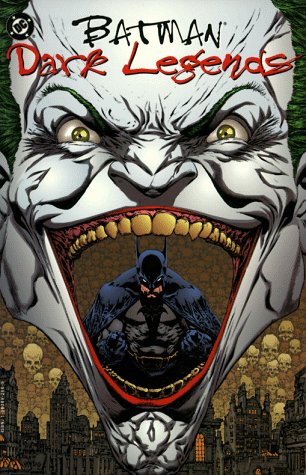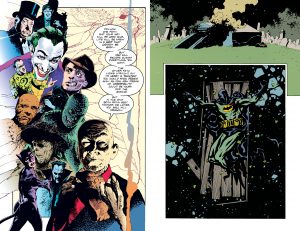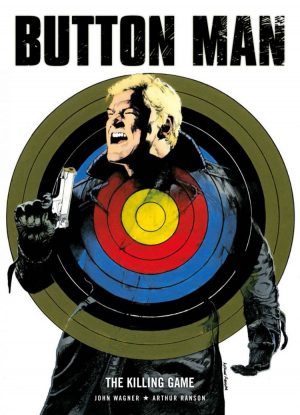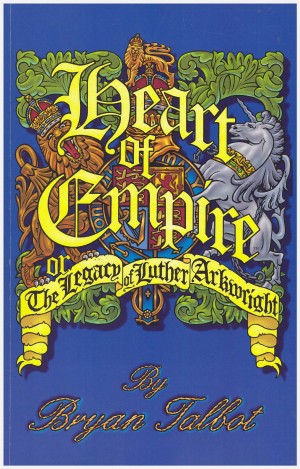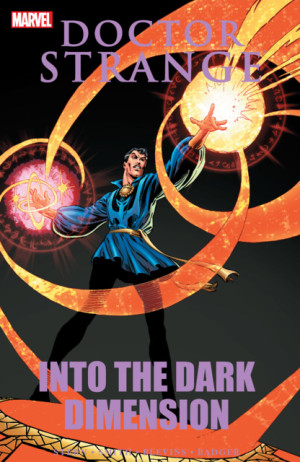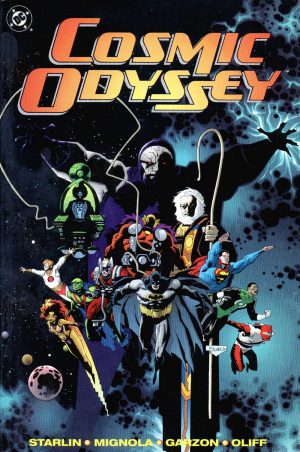Review by Ian Keogh
Dark Legends uses the same template as Collected Legends of the Dark Knight, combining random stories that originally appeared in the Legends of the Dark Knight comic from the 1980s. The showcase comic enabled creators unwilling or unable to commit to a regular Batman title the opportunity to work with the character over one to four chapters, telling a complete story without being saddled with continuity, as the events occur early in Batman’s career. The monthly comic was wonderful for never knowing what would be provided, although with a confident foreknowledge that quality was on the agenda. Surprisingly little of the run has been collected, so Dark Legends is worth seeking out.
It features the two part ‘Tao’ in which the figurative precision of Arthur Ranson combines with Alan Grant’s spiritual story, Mike Mignola gradually embracing what would become his signature artistic style on ‘Sanctum’, Bryan Talbot’s unusual ‘Mask’, and ‘Images’ from Denny O’Neil and Bret Blevins. Everything’s good, but the standout is the opening chapter by Talbot in which Batman collapses on duty and wakes up in a clinic where he’s considered an alcoholic who dresses in a ridiculous costume. While we know it can’t be true, Talbot is utterly successful in exploiting that miniscule element of doubt that remains during Batman’s time in the clinic. Sadly, while good, the conclusion doesn’t match it because Batman has to be restored for purpose. O’Neil also deals well in misdirection with a fine opening sequence featuring the Joker, drawn in suitably demonic fashion by Blevins.
Ranson’s art (sample spread left) is both extraordinarily decorative and astounding when it comes to conveying characters. He makes the most of Chinese settings and themes for some ornate designs, and Grant’s use of feng shui as an integral part of the story was a novelty in 1993, and remains so. Batman is caught in the middle of a war that’s been exported to Gotham, and those responsible have links to Bruce Wayne before he became a crime fighter. Grant further incorporates a belief in the inevitability of fate, and contrives a neat twist on Wayne’s future identity. There’s also a hint of magic, a topic explored more fully by Mignola in combination with Dan Raspler, who not only produce a story of Batman’s early days, but return to the gothic horror of his earliest appearances. The art’s great (sample spread right), with extremely effective colouring from Mark Chiarello, but Raspler’s writing doesn’t match it, deliberately echoing the formality of late Victorian era horror by the likes of Edgar Allan Poe. Despite looking so good, the idea of Batman’s temptation results in the weakest story. That, however, is in a high quality collection with more imagination and entertainment value than many more highly touted Batman graphic novels.
